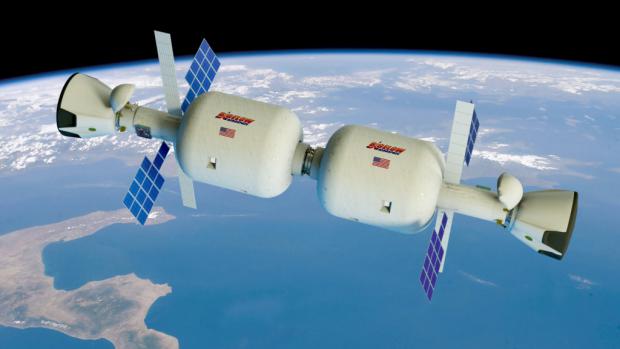
Breaking News
 Global Exclusive: The January 6th Pipe Bomber's Identity Has Been Discovered,...
Global Exclusive: The January 6th Pipe Bomber's Identity Has Been Discovered,...
 Capitol Police Officer Shauni Kerkhoff Identified as J6 Bomber...
Capitol Police Officer Shauni Kerkhoff Identified as J6 Bomber...
 Why Dual Engine Failure Changes Everything -- Louisville Crash Update
Why Dual Engine Failure Changes Everything -- Louisville Crash Update
 Transforming Storage Shelf / Workbench - Small Space Organization
Transforming Storage Shelf / Workbench - Small Space Organization
Top Tech News
 HUGE 32kWh LiFePO4 DIY Battery w/ 628Ah Cells! 90 Minute Build
HUGE 32kWh LiFePO4 DIY Battery w/ 628Ah Cells! 90 Minute Build
 What Has Bitcoin Become 17 Years After Satoshi Nakamoto Published The Whitepaper?
What Has Bitcoin Become 17 Years After Satoshi Nakamoto Published The Whitepaper?
 Japan just injected artificial blood into a human. No blood type needed. No refrigeration.
Japan just injected artificial blood into a human. No blood type needed. No refrigeration.
 The 6 Best LLM Tools To Run Models Locally
The 6 Best LLM Tools To Run Models Locally
 Testing My First Sodium-Ion Solar Battery
Testing My First Sodium-Ion Solar Battery
 A man once paralyzed from the waist down now stands on his own, not with machines or wires,...
A man once paralyzed from the waist down now stands on his own, not with machines or wires,...
 Review: Thumb-sized thermal camera turns your phone into a smart tool
Review: Thumb-sized thermal camera turns your phone into a smart tool
 Army To Bring Nuclear Microreactors To Its Bases By 2028
Army To Bring Nuclear Microreactors To Its Bases By 2028
 Nissan Says It's On Track For Solid-State Batteries That Double EV Range By 2028
Nissan Says It's On Track For Solid-State Batteries That Double EV Range By 2028
Ace Rocketeers Swear They'll Put Inflatable Space Stations in Orbit, and Soon

The company hitched its first ride to the high frontier with SpaceX last Friday. And today it announced a partnership with celestial transportation company United Launch Alliance to develop and launch habitable, inflatable, full-on space stations starting in 2020.
The move represents new business for ULA, and a strategic shift. The company has recently come under congressional fire for using Russian-made engines in the Atlas V rockets that'll eventually take the Bigelow B330 habitat to orbit. And Elon Musk's SpaceX, which can get stuff to space for many millions of dollars less, recently won an Air Force contract that would have been up ULA's alley (although ULA did not bid). ULA, on the flip side, does have an A+, 100-percent launch success rate, which SpaceX does not. Still, with competitors on the rise, ULA seems to hope that relationships outside the old guard—and cost-cutting measures like a 375-person "reduction in force" they announced on Friday—will help their company stay in the space game.
That game, said founder Robert Bigelow at a press conference Monday afternoon, is changing, moving from governmental dominance to private partnerships like this one. "For the first time, stations and transportation systems will be available to serve as an open resource and not mainly the purview of nations," he said. "NASA is evolving from owning everything to becoming a commercial customer and a tenant," he said.
Bigelow imagines expandable habitats like the B330, which can be linked together, will become scientific research facilities, habitats on other planets and satellites, and tourist destinations. "We would love to see Disney have a Disney space station," he said. "Wouldn't that be cool?"

 Carbon based computers that run on iron
Carbon based computers that run on iron

